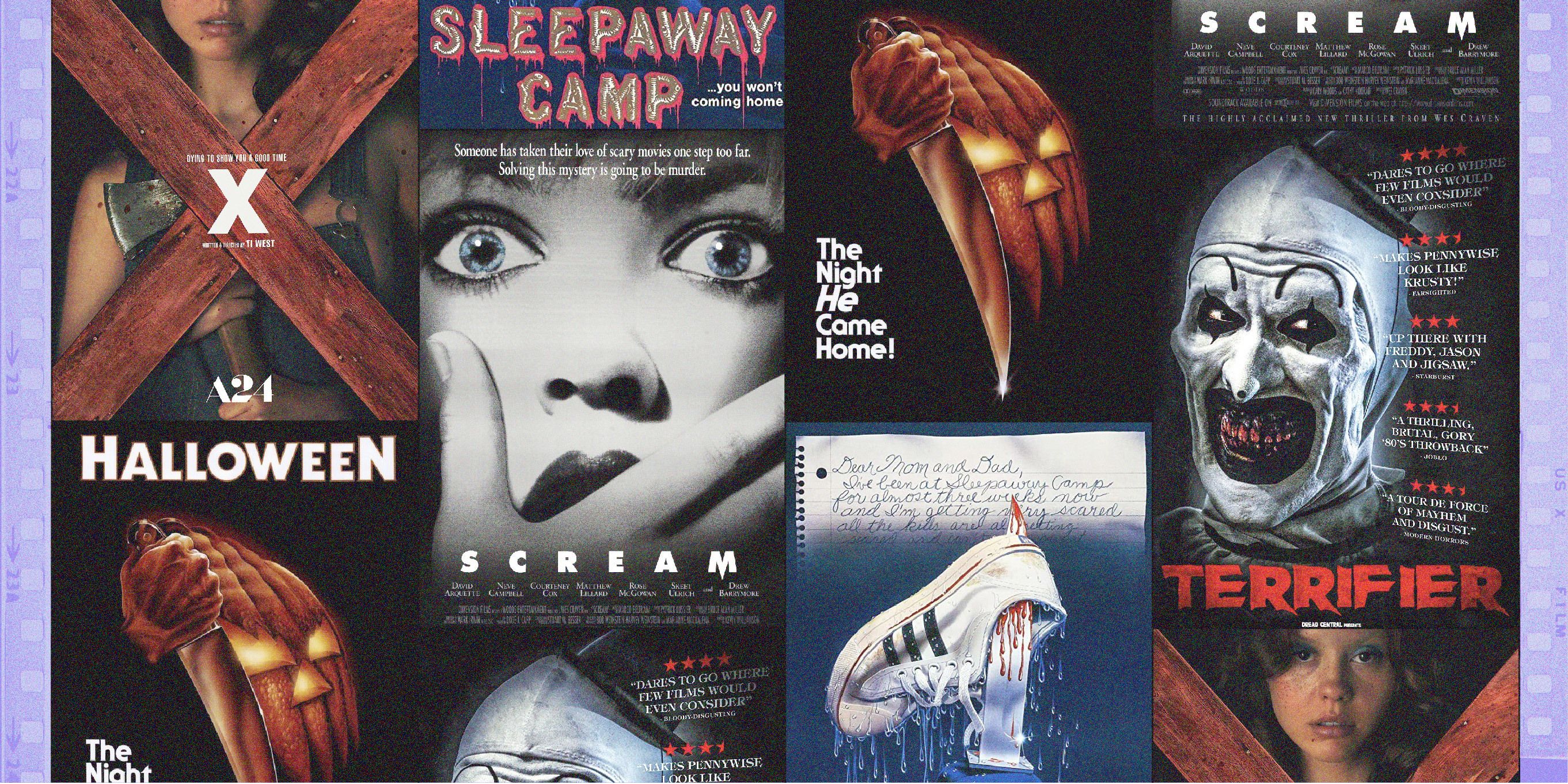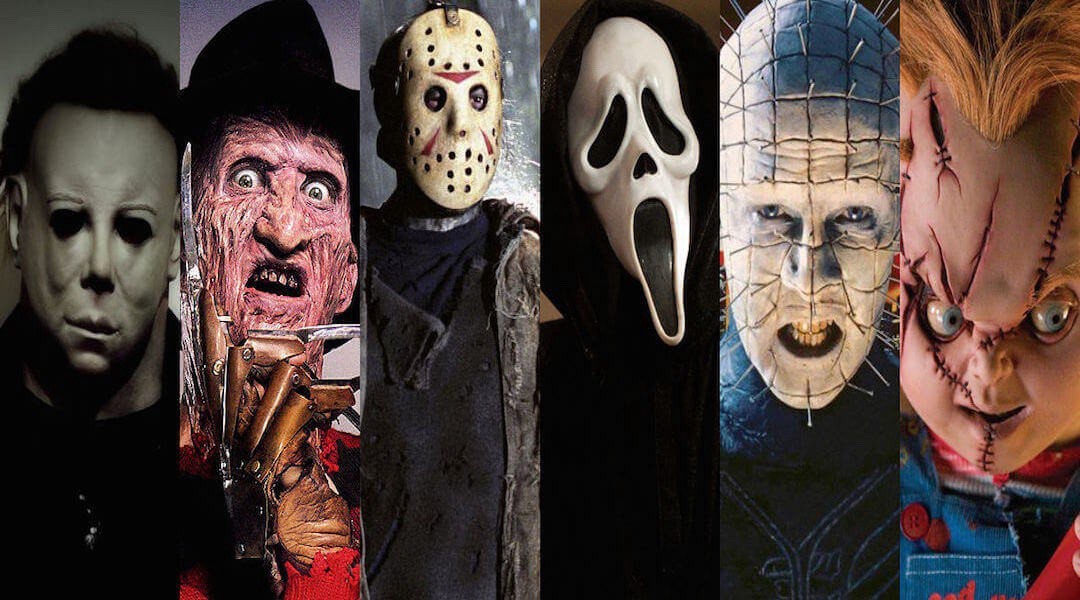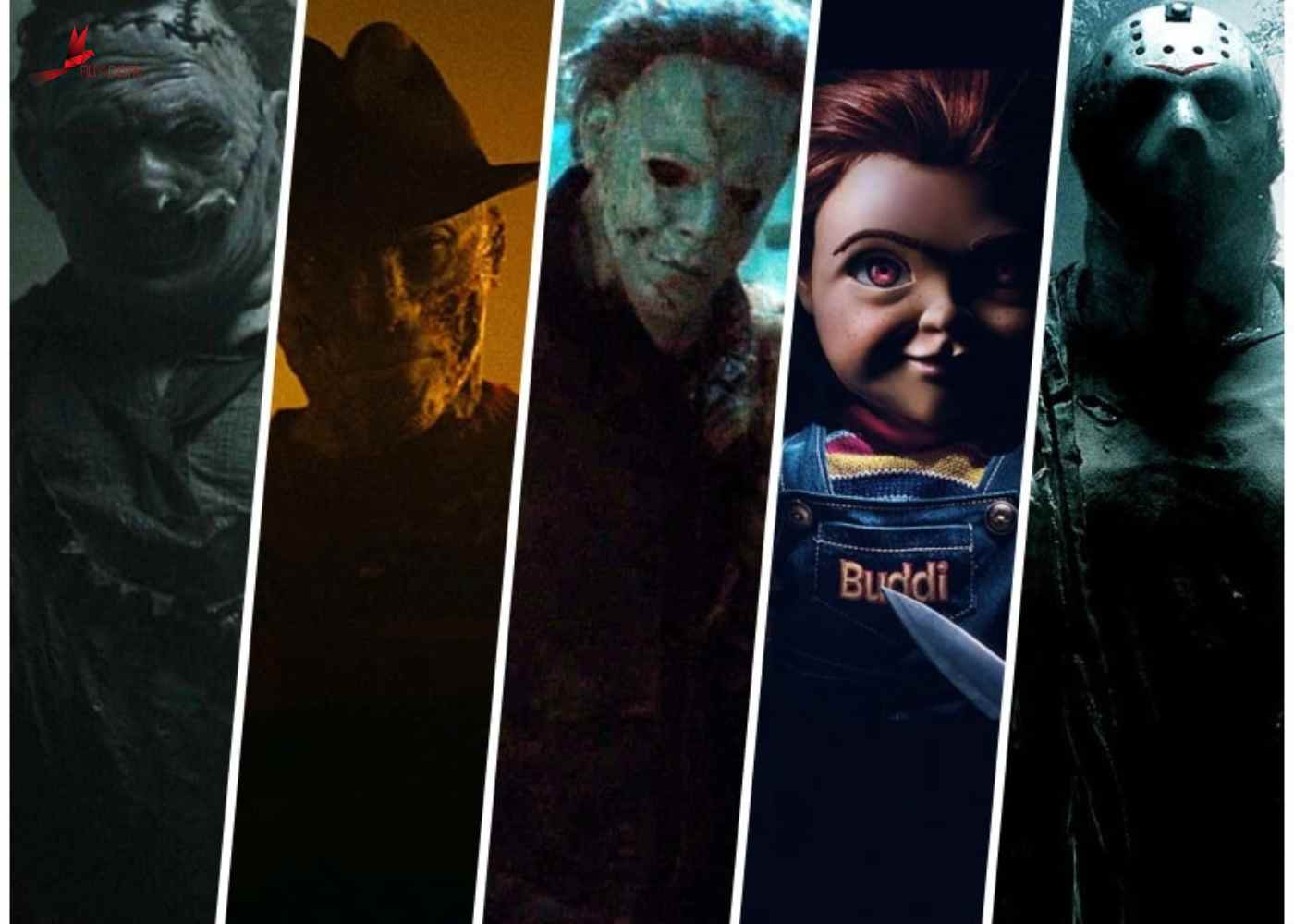One of the most contentious film genres would have to be the slasher movie subgenre. Because of its severe violence, it frequently comes up in conversations about how slasher movies affect society as a whole.
These movies delve into our worst anxieties and seize the public imagination. They deliver some of the most recognizably spooky moments in film. Additionally, they are exceptional in their capacity to frighten and stun.
However, how does one go about writing one? What characterizes this significant and distinctive sub-genre? All slasher movies have similar elements and frequently adhere to a set of guidelines. This essay will examine the slasher subgenre as a whole and the best approaches to authoring this frequently contentious but compelling genre.
What exactly is a slasher film?
A slasher movie is a type of horror film where several victims are killed by a psychotic killer, usually with a knife or other bladed object (such as a scythe).
Horror films are typically noted for their dread, violence, and fright. It will often have a terrifying antagonist, such as a monster or a supernaturally malevolent spirit.
However, a slasher film in particular can exploit the audience's most visceral phobias. It reduces the horror subgenre to its most basic form: a psychotic killer on the prowl for blood wielding a primitive weapon.
In general, the goal of horror is to elicit fear and dread in the viewer. There are numerous categories within the genre. For instance, in addition to slashers, the primary subgenres of the horror genre include:
- Home invasions and phobias, for example, are psychological horrors. a purge.
- Supernatural Possession in Paranormal Horror, e.g. The Connecticut Haunting
- Comedy Horror - Satire and black humour, such as Get away.
- Zombie, mythical, vampire, and werewolf horror films, for example. The Dead Dawn
- Found video in a documentary format, such as The Blair Witch Initiative.
- Body Horror: Exaggerated Body Modifications Mary from America
Horror films typically fall under hybrid genres. Consider the Saw movie series as an example of a slasher mystery. And the majority of slasher movies with masked killers frequently have a mystery element; either the killer's identity is kept a secret from the characters or the audience, or it is revealed at the climax.
While there are many similarities among the various horror sub-genres, a slasher film will have a number of essential and distinctive components.

Let's examine what these components are.
1. A Psychopathic Killer.
The bad guy is powerful and seems unbeatable. They appear frequently to be indestructible when they are knocked down and then get back up as if nothing happened.
Serial killers or mass murderers seeking vengeance on their victims are frequent types of villains. They enjoy murdering people and stalking their victims. Villains frequently don masks that represent their personalities, such as the Ghostface mask from the Scream movies.
The reasons behind the murderer's actions frequently don't seem to have much of a pattern or rhyme. Often, it will appear to be nothing more than simple bloodlust. And perhaps the sheer dread they arouse can be sufficient to excuse a little bit of two-dimensional or cartoonish characterization.
The more plausible their justifications, however, the more believable and, as a result, terrifying their behavior.
2. Killer's Past is Disclosed.
Slasher films frequently depict the villain's evolution into a terrifying and destructive force. This will probably be more horrifying the more realistic it is.
For instance, Michael Myers' development of his infamous bloodlust at the age of six is demonstrated in the iconic Halloween beginning.
While in other movies, like Friday the 13th, the villain's past is revealed later in the tale. Here it is revealed that Jason Vorhees was the victim of campers' bullying, which finally caused him to drown.
The killer could occasionally be related to the lead character. In Scream, for instance, Ghostface and Sidney Prescott share a strong bond that links them to one another both in the present and in the past.
Often, vengeance is the driving force. However, a backstory will become more captivating and unique the more deep and intricate it is. Always a strong incentive is revenge. However, a more unique and convincing one will certainly set your plot apart from many other movies in the genre.
3. Location & Setting
This might be a rustic cottage like Camp Crystal Lake from Friday the 13th. Or it can be a desert that has been cut off, like in "The Hills Have Eyes."
The setting is frequently a spooky and unsettling one where the characters are unable to get assistance or be saved. This isn't always the case, though.
For instance, the setting of Halloween is a suburban location where assistance might be available. Although the village is calm, when Laurie knocks on neighbors' doors, nobody seems to help her. This gives the setting meaning in many ways.
The secret lies in allowing the environment to contribute to the horror. Make sure your setting offers something to the story that complements the plot and does not just happen to be there.
4. Set a time.
The murderous rampage of the antagonist frequently spans more than one day or night. Because it creates a deeper sense of mystery and tension, most slasher movies are set at night. Michael Myers only commits murder at night, despite the fact that, for instance, a sizable amount of Halloween is set during the day.
The duration of the series of events is significant since it affects the overall rhythm and suspense of the movie. For this reason, slasher movies typically take place over a brief period of time. Over the course of a night or a day, for instance, there is little possibility that the speed will slow down.
5. Choice of Weapon
The antagonist carries a weapon of choice that is representative of who they are. A variety of weapons have been used in slasher films, some of which have become recognizable.
For instance, in The Texas Chainsaw Massacre, Leatherface employs a chainsaw. while Harry Warden in My Bloody Valentine employs a pickaxe.
A distinctive weapon of choice aids in establishing the character's individuality. It provides a convenient shorthand for the movie to employ and makes the character stand out while other components could be more recognizable.
6. Numerous Victims
Teenagers make up the majority of the victims in slasher films. Parties, vacations, and other activities may be among the circumstances people put themselves in. These significant diversions are common in slasher movies to put the characters in greater danger. These situations bring people together, which makes them ideal targets for the killer.
There must be an increasing amount of threat as well as several victims. There will typically be a major protagonist. And with each character they eliminate, the killer will draw a little bit closer to the main character. This is the advantage of having several victims; it raises the stakes continuously.
7. The characters split up.
This group has to be divided at some time when there is one. The gang disperses, making them the killer's simple prey. After all, there is too much power in numbers.
Additionally, the characters will be eliminated one at a time rather than all at once (even if it's just two characters at once). This enables each character to experience a distinct and particular sort of death. And this aids in the movie's tempo by providing it with distinct and enduring beats.
8. Stranded Signals
In slasher films, communication is frequently impaired or nonexistent. The protagonists are put in a trap and aren't supposed to get assistance from other sources. Communication via mobile phones is either disabled or shut off by the murderer.
The characters might, for instance, have a low phone battery or little to no service where they are. This disables the players' ability to communicate with the outside world, forcing them to face the adversary alone. It makes the action more difficult in a necessary way. For instance, the movie would probably end if the characters could call for assistance to show up in an instant.
It intensifies and concentrates the stress to separate the characters from the murderer. This renders the characters defenseless and heightens the threat posed by the killer.

9. Jump Scares.
Jump scares aim to draw in and ensnare the viewer. The setting exudes a sense of security and modesty. Until the killer is hiding in the shadows, preparing to strike, and the characters are cornered.
It works wonders at speeding up audience heart rates. It literally jolts you in the body. And this is the general force of horror. It causes you to physically experience what you are seeing on the screen.
10. Illogical Decision-making.
Characters cannot reason rationally when they are in a condition of chaos and shock. At times of intense strain, characters slow down, and their thought processes become wildly irrational.
They make choices that lead to their own demise. They are consequently forced to fight rather than run. and they square off against the bad guy. In these circumstances, most people do not survive.
This is an important technique for building tension. Despite the fact that we (primarily) support the victims, their behavior ought to seem strange to us. This demonstrates how stressful the situation is.
11. The Killer Rises Again
The antagonist, in the characters' eyes, has been permanently slain. This continues up until the villain reappears for a final fright. This section is crucial for establishing convincing pacing and stakes. We must have faith that our protagonist will succeed. But it is never that simple.
12. The Last Girl
The perspective of the film is centered on the last girl. She frequently plays the lead. And as the name implies, she is frequently the lone survivor in the majority of slasher films. This character is frequently smarter than the other characters and is more perceptive.
She possesses a certain set of abilities that ultimately aid in her survival throughout the film. Her priorities are higher than the interests of other characters.
13. A Killer Conclusion
The majority of excellent and memorable slasher movies finish abruptly. The audience is left gasping for more from the killer as a result.
If the antagonist lives to see the conclusion, sequels and franchises are frequently the result. In film series, for instance, Jason Vorhees in Friday the 13th and Michael Myers in Halloween, infamous characters have been resurrected.
Therefore, it's always worth claiming that your killer is an impossible foe. It not only paves the way for prospective sequels but also gives the spectator one last fright.







